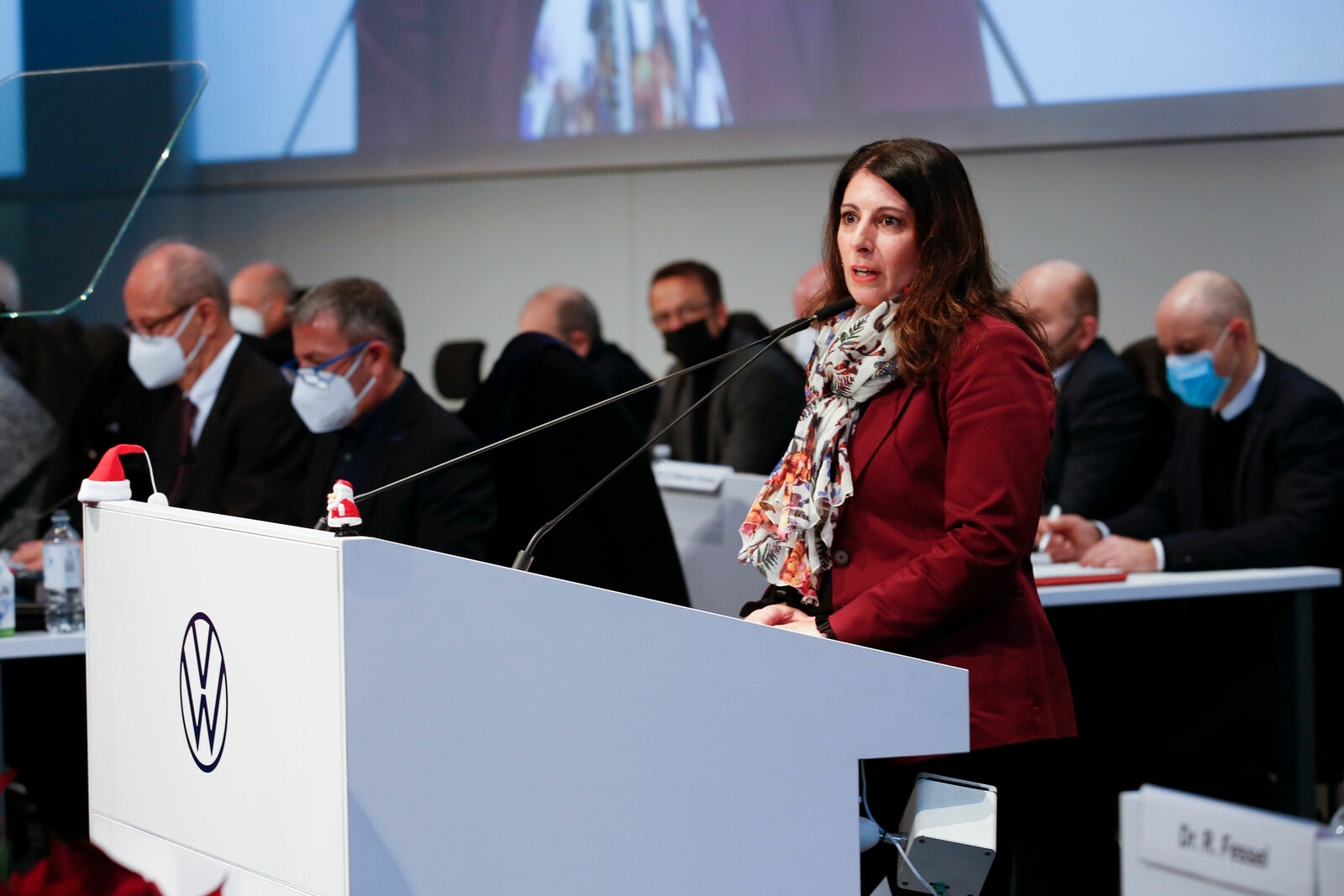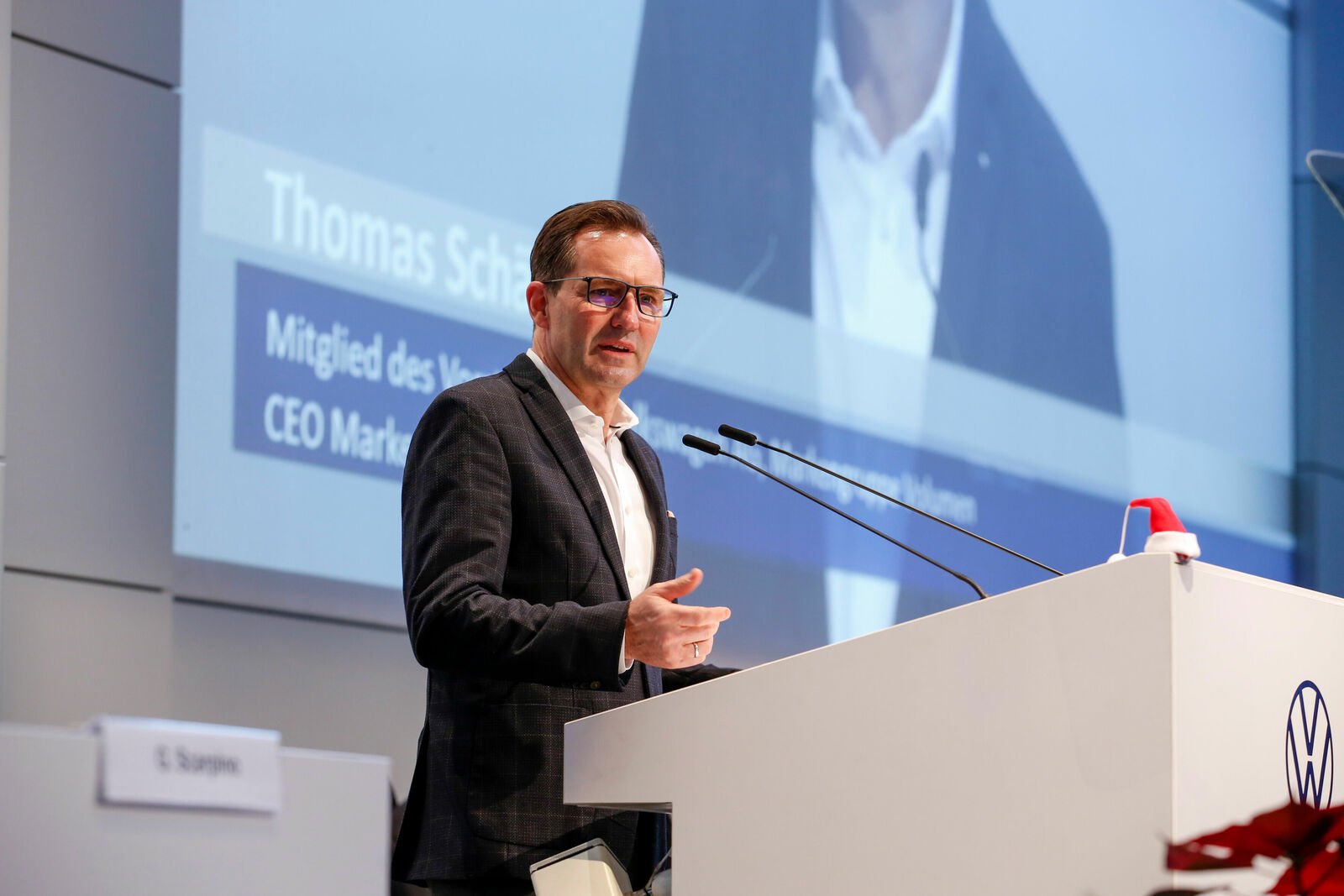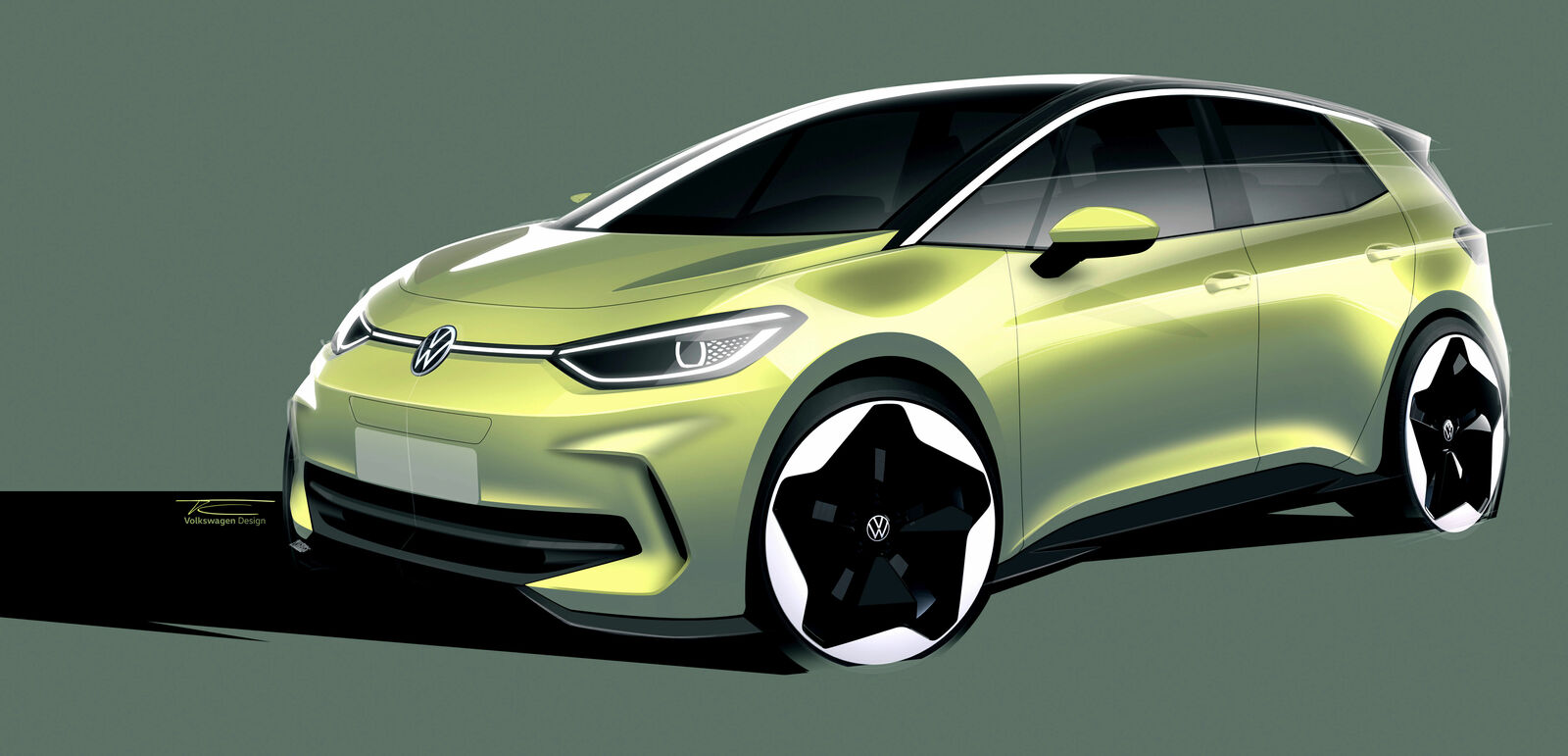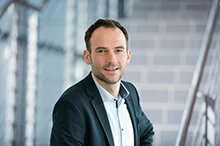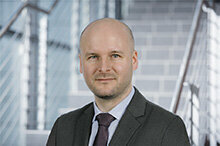- Company making an initial investment of some €460 million to convert the Wolfsburg site into a highly productive e-mobility factory
- Preparations for ID.3 production at the main plant are in full swing
- Going forward, a further all-electric model for the high-volume compact SUV segment is to leave the assembly line in Wolfsburg
- The Trinity vehicle project and SSP platform remain firmly anchored in Wolfsburg
Volkswagen is making the Wolfsburg site fit for the future: the brand will be making an initial investment of some €460 million in the main factory at the Group headquarters by the beginning of 2025. This was announced on Wednesday by CEO Thomas Schäfer during a works meeting in Wolfsburg. The investment is primarily earmarked for preparations to produce the new ID.3. The compact electric car will be leaving the assembly line in Wolfsburg from 2023 – initially in partial production, with full production slated from 2024. Ramp-up is due for completion by the end of 2025. The necessary training measures for the workforce are currently being prepared. Post-ID.3 ramp-up, a further all-electric model for the booming SUV segment is to boost Wolfsburg’s capacity utilization for EV production over the long term. The technical basis for the new model is the Modular Electric Drive System (MEB). Volkswagen’s e-car platform is to undergo substantial further development as the MEB+, thus becoming even more efficient.
This will be followed by a further pillar for the Wolfsburg site, the Trinity vehicle project. It will be based on the future Group-wide Scalable Systems Platform (SSP). By the end of 2033 at the latest, the Volkswagen brand will only build electric cars in Wolfsburg - as in all of its other factories in Europe.
Talking to employees Thomas Schäfer, CEO of the Volkswagen brand and Group Board Member for the Volume brand group, said: “Volkswagen stands for electromobility for everyone. And Wolfsburg will be part of this success story. Here at our main plant alone, we will be investing some €460 million by the beginning of 2025, getting the factory ready for the MEB. The ID.3 ramp-up is the first important step towards the electrification of our main plant. At the same time, we are working closely with the Works Council to bring a further electric model based on the MEB+ to Wolfsburg – this will be a high-volume model for the booming SUV segment. With these strong decisions and investments, we intend to bolster the competitiveness of this factory further and give the workforce a concrete long-term perspective.”
Turning his attention to the current year, Schäfer thanked employees for their great flexibility and team spirit in a very challenging economic environment.
Works Council Chairwoman Daniela Cavallo said: “Wolfsburg stands for the future. And the Works Council has a clear ambition for the Wolfsburg site: state-of-the-art production, the best workforce, and the biggest pioneering spirit. That means Wolfsburg will remain the brand’s – and the Group’s – powerhouse in the coming years with the transformation to electric production, an additional all-electric model by 2026, along with Trinity and the SSP. We will develop the detailed timetable together. That is how we are creating secure jobs. I would also like to thank the entire production team at our main factory that has weathered many a crisis in this difficult year.”
The first step towards the factory’s electric future involves re-equipping the site for the ID.3. This electric model will begin leaving the assembly line in Wolfsburg from 2023 – in addition to current production in Zwickau. For the largest factory in the entire Volkswagen Group, this is the first all-electric vehicle based on the MEB.
Brand CEO Thomas Schäfer indicated there are plans to produce a further model based on the MEB at the main factory in the future. This model would be an all-electric SUV. “That is the largest vehicle segment worldwide, it is home to our popular Tiguan. The new model would ideally complement our bestselling ID.4 and ID.5. This is how we intend to expand our market position further and give our customers the high-quality vehicles they expect from us,” Schäfer said.
Volkswagen will use the MEB+, the further development of the successful MEB e-car platform, for the e-SUV. Schäfer: “The MEB still has significant potential. Our ambition is to take this platform to the next level. To that end, we are making substantial investments in advancing this technology. The MEB+ puts us in an excellent position for the coming years.” Back in 2020, analysts conducted an in-depth study of Volkswagen’s electric platform, and concluded that it is the “most impressive solution available from an established motor company” on the market for electric vehicles.
Customers will benefit from the MEB+ in many respects. The platform will enable faster charging speeds and longer ranges. Volkswagen plans to use the highly-standardized unified cell manufactured at the Group’s own cell factory in Salzgitter (start of production in 2025) in the system.
With “Accelerate” Volkswagen launched a strong brand strategy for the electric and digital era of mobility. The “Energize” program gives this strategy a further boost as it progresses. This initiative is designed to make the Volkswagen brand shine. The lodestar of the strategy remains the Trinity vehicle project based on the highly-scalable SSP platform. The project will get underway in line with staggered software development. A decision on where the vehicle will be built in Wolfsburg has not yet been taken. That is why Volkswagen is keeping the option to build a new factory in Warmenau open.
Media
